FAQs on AI Pest Prediction Models
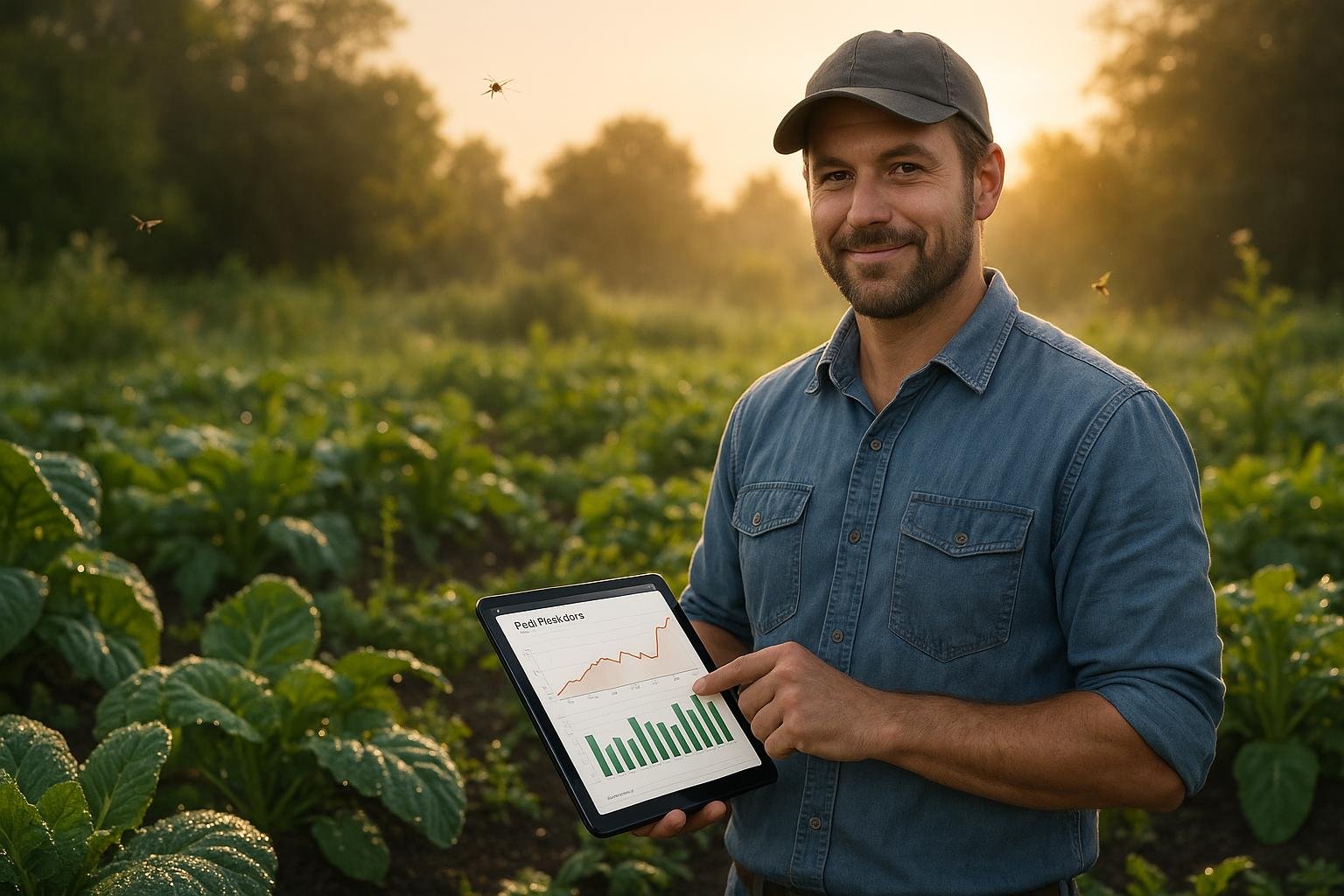
AI pest prediction models use advanced technologies like machine learning, image recognition, and IoT sensors to predict pest outbreaks. These systems analyze environmental data, historical patterns, and real-time inputs to provide early warnings, helping farmers and gardeners prevent crop damage before it occurs. Unlike older methods that react after visible damage, AI tools offer automated, precise, and timely solutions.
Key Highlights:
- How It Works: Combines weather data, pest life cycles, and image analysis to forecast infestations.
- Technologies Used: Machine learning, computer vision, and IoT sensors.
- Benefits:
- Early detection reduces crop losses.
- Cuts pesticide use by up to 90%.
- Provides automated and precise pest control.
- Challenges:
- High costs for setup.
- Requires quality data and technical expertise.
- Privacy concerns with data collection.
AI pest prediction models are transforming pest management by enabling proactive solutions, reducing chemical use, and improving accuracy. However, adoption challenges like cost and data quality need to be addressed for wider use.
How AI Pest Prediction Models Work
Data Inputs for Accurate Predictions
AI pest prediction models rely on a variety of data sources to deliver reliable forecasts. Key inputs include environmental data, such as temperature, humidity, dew point, and CO₂ levels, which directly influence pest behavior and reproductive cycles [4].
Another vital component is image data. High-resolution images of plants, leaves, and crops - captured by drones, cameras, or even smartphones - provide visual evidence of pest damage or early warning signs. These images enable AI systems to identify specific pest species and evaluate the severity of infestations [4].
Location-based metadata also plays a critical role. Information like geographic coordinates and soil conditions adds precision to predictions. For instance, a deep learning model that analyzed environmental data achieved an average AUROC (Area Under the Receiver Operating Characteristic) of 0.917, showcasing its ability to predict crop pests and diseases with high accuracy [4]. Together, these inputs form the foundation for the AI’s detection and prediction processes.
Steps in AI Pest Detection and Prediction
The process of predicting pest activity starts with data collection. Sensors, drones, weather stations, and ground-based monitors gather a comprehensive dataset that includes both current conditions and historical patterns [3].
Next, pattern recognition algorithms analyze this data. Machine learning models identify trends and correlations between environmental factors, pest life cycles, and outbreak patterns. These algorithms can detect subtle indicators that human observers might overlook [2].
Following this, predictive modeling comes into play. AI systems process climate patterns, humidity levels, and crop cycles to forecast potential pest infestations. Advanced techniques like Long Short-Term Memory (LSTM) networks and recurrent neural networks (RNNs) are particularly effective at analyzing time-series data, predicting pest population dynamics based on both historical and current conditions.
Finally, automated decision-making systems provide actionable recommendations. These platforms suggest the best timing for pesticide applications, pinpoint high-risk areas, and can even activate smart farming equipment to respond automatically. Here's a breakdown of the process:
| Step | Data Sources | AI Technique | Outcome |
|---|---|---|---|
| Data Collection | Sensors, drones, weather stations | Integrated monitoring systems | Comprehensive risk assessment |
| Pattern Recognition | Historical data, real-time inputs | Machine learning algorithms | Heat maps of high-risk zones |
| Predictive Modeling | Climate patterns, pest cycles | LSTM and RNN networks | Early warning alerts |
| Automated Decision-Making | AI-driven platforms | Smart algorithms | Precision treatment recommendations |
Role of Climate and Seasonal Factors
Climate and seasonal dynamics are essential for refining AI predictions. These models incorporate meteorological data, agricultural phenology, and pest life cycles to account for how weather influences pest behavior.
Factors like temperature and humidity are critical because they directly impact pest reproduction, activity, and the spread of diseases. Seasonal changes can trigger pest migration and breeding cycles, which AI models must account for. For example, CSIRO's "Pest Forecast" platform uses machine learning to analyze weather forecasts and historical data, enabling farmers to take proactive steps against pest activity.
However, climate change adds complexity to these predictions. Rising CO₂ levels, droughts, and shifting temperature patterns all affect pest biology and ecology. Research teams have developed deep learning models that combine data from weather stations, soil moisture sensors, and pest traps to predict infestations in vineyards. By incorporating more environmental sensors and extending data recording periods, these models can capture long-term climate trends and seasonal variations, further improving their accuracy [4].
Benefits and Challenges of AI Pest Prediction Models
Advantages of AI Pest Prediction
AI pest prediction models have reshaped pest management for gardeners and farmers, offering a range of practical benefits. One standout advantage is early detection and prevention. These systems can identify pest threats long before they become visible, enabling timely action to prevent widespread damage.
Another major benefit is the reduction in pesticide use. By precisely identifying pests and assessing risks, AI ensures pesticides are applied only when necessary. This not only saves costs but also supports eco-friendly practices by minimizing chemical overuse [3].
The accuracy of AI systems is impressive. Equipped with cameras, microphones, and deep learning algorithms, some models achieve pest detection rates between 70% and 98% on cotton farms [3]. Such precision surpasses manual methods, significantly reducing the chances of missed infestations.
Automation is another game-changer. AI streamlines detection, monitoring, and treatment planning, cutting down both labor costs and pesticide expenses [1].
These benefits are not just theoretical - they’ve been proven in real-world applications. For instance, Semios, a precision farming platform, collaborated with Google to reduce a moth population by 1.5 billion, boosting almond production [1]. Similarly, Trapview, a Slovenian company, developed AI-powered pheromone traps that capture and photograph insects, providing real-time pest predictions. These examples highlight the practical value of AI in agriculture [1].
Still, alongside these advantages, there are challenges that need to be addressed.
Challenges and Limitations
Despite its potential, AI pest prediction comes with hurdles that limit its accessibility and effectiveness. High initial costs remain a significant barrier, especially for small-scale farmers. The expense of sensors, drones, and other AI-powered tools can be prohibitive [5].
Another obstacle is the demand for high-quality data. AI systems rely on accurate and representative data to make reliable predictions. If the data is incomplete or poorly collected, the results can be flawed, leading to ineffective pest management [6].
Technical expertise is also required to operate these advanced systems. Many farmers may lack the training or knowledge to use AI tools effectively, often needing external assistance [5]. Additionally, integrating AI with older equipment can be tricky, sometimes requiring costly upgrades or replacements [5].
While AI offers automation, human oversight is still necessary to address issues like false predictions [1]. Lastly, data privacy and security concerns add complexity. Farmers and technology providers must establish clear agreements to ensure secure handling of agricultural data [5].
Comparison Table: Benefits vs. Limitations
Here’s a quick overview of the benefits and challenges:
| Benefits | Limitations |
|---|---|
| Early pest detection with 70–98% accuracy [3] | High upfront costs for equipment [5] |
| Reduced pesticide use by up to 90% [1] | Need for human oversight [1] |
| Automated monitoring lowers labor expenses [1] | Requires technical expertise [5] |
| Proactive pest control prevents crop damage [1] | Data quality and availability issues [6] |
| Real-time predictions enable quick action [1] | Integration challenges with older systems [5] |
| Supports eco-friendly practices [3] | Data privacy and security concerns [5] |
This balance of benefits and challenges highlights the potential of AI in pest management while emphasizing the need for thoughtful implementation.
Weather based Pest Prediction Overview

sbb-itb-4d6a8dd
🚀 Ready to Reinvent Your Garden?
Join thousands of homeowners who have transformed their gardens using our AI design tool. Upload one photo to explore endless possibilities.
Get your AI garden designs →Privacy and Data Security in AI Pest Models
As AI tools for pest prediction advance, ensuring data privacy and security has become a top priority. Knowing what data these systems collect and how it's safeguarded can help gardeners decide whether to use these technologies. Let’s break down the types of data collected and the measures in place to protect it.
What Data Is Collected?
AI pest prediction models rely on a variety of data sources to provide accurate forecasts and management advice. Here’s a closer look at the main types of data these systems gather:
- Image data: This includes photos uploaded by users, images captured by drones, and real-time footage from field cameras. These visuals are critical for identifying pest activity.
- Climate and environmental data: Temperature, humidity, rainfall, and soil moisture levels are collected through weather stations and IoT sensors to assess conditions that might encourage pest outbreaks.
- Geographic information: GPS data and user-provided location details help map pest activity across regions, offering localized insights.
- Behavioral and historical data: Past infestation trends, pest life cycles, and treatment outcomes are analyzed to refine future predictions.
Different platforms collect data in varying ways. Some rely on user-submitted photos, while others integrate data from multiple sources, such as satellites, sensors, and weather monitoring systems, to create more comprehensive models. Once the data is gathered, strict security protocols are applied to keep it safe.
How Is User Data Protected?
Given the wide range of data collected - from images to environmental metrics - AI platforms use several methods to ensure user information stays secure.
- Encryption: Data is encrypted both during transmission and while stored, reducing the risk of unauthorized access.
- Data minimization and anonymization: Platforms often collect only the information they need and may use generalized geographic data instead of precise coordinates to protect user privacy.
Compliance with legal frameworks is also a key part of data protection. For example, regulations like the EU AI Act, GDPR, and the U.S. AI Bill of Rights set clear standards for how AI companies must handle user data. A case in point: In 2023, OpenAI faced scrutiny from Italy's data protection authority for allegedly violating GDPR due to inadequate transparency regarding ChatGPT’s data collection practices [7].
Transparency is another cornerstone of user data protection. Leading platforms provide clear documentation about how they collect, store, and manage data. Some even conduct regular privacy audits to identify areas for improvement and ensure they meet compliance standards.
That said, challenges remain. Issues like data privacy concerns and navigating complex regulations continue to pose hurdles [2]. With 85% of organizations now using either managed or self-hosted AI services, robust security practices are more critical than ever [7].
The regulatory environment is evolving quickly. Nearly half of the world’s governments now require companies to comply with various laws and data privacy rules to ensure AI is used safely and responsibly [7]. As oversight increases, AI pest prediction platforms must continually update their security measures to stay compliant.
Applications of AI Pest Prediction in Gardening
AI pest prediction models are transforming gardening by shifting the focus from reactive pest control to proactive prevention. These advancements are now accessible to home gardeners through mobile apps, online platforms, and integrated garden planning tools.
AI Pest Prediction for Home Gardeners
What was once the domain of large-scale agriculture is now available to home gardeners, thanks to AI-powered tools. By leveraging technologies like image recognition, weather data analysis, and predictive modeling, these tools help identify and address pest issues before they escalate into serious problems.
Mobile apps have become a practical and popular option. For example, the University of Georgia’s "PestID" app uses machine learning to identify pests from smartphone images. Similarly, Tamil Nadu Agricultural University developed an Android app that detects fall armyworm in maize using transfer learning and deep convolutional neural networks. Real-time systems like EFOS Ltd.'s "Trapview" employ IoT-enabled insect traps equipped with cameras and sensors to monitor pest activity, while CSIRO’s "Pest Forecast" platform predicts pest behavior based on weather patterns and historical data.
AI technologies extend beyond apps. Cameras and microphone sensors, paired with deep learning algorithms, can detect pests with remarkable accuracy. This allows for targeted treatments that minimize harm to beneficial insects. Additionally, integrated garden planning tools enhance pest management by aligning plant choices and schedules with predictive insights, creating a more efficient and eco-friendly approach.
Integration with Garden Planning Tools
Taking pest prediction a step further, platforms like AIGardenPlanner integrate this data into personalized garden designs. These systems analyze factors like location, climate, soil conditions, and historical pest trends to create tailored plans that preemptively address pest challenges.
AIGardenPlanner’s AI Plant Advisor offers intelligent plant recommendations, suggesting varieties that are naturally resistant to pests common in specific areas. This proactive planning reduces the likelihood of pest problems from the very beginning.
AI-driven garden tools can also recommend optimal planting times based on predicted pest cycles. For instance, if a surge in moth populations is anticipated, the system can adjust planting schedules to avoid peak infestation periods, reducing reliance on chemical treatments. Platforms like AgShift’s DeepAgro further enhance this approach by using image analysis to detect pest infestations, enabling real-time monitoring and dynamic maintenance plans based on current pest activity, weather, and plant growth stages.
Future Automation in Pest Management
The future of pest management lies in fully automated systems, where detection, prediction, and response are seamlessly integrated with minimal human input. One example is Blue River Technology’s smart sprayer, which uses image-based pattern recognition to apply herbicides with precision, cutting usage by up to 90% [1].
Emerging technologies are also merging pest prediction with smart irrigation systems to optimize watering schedules. Partnerships between tech companies and research institutions are driving these innovations. For instance, in February 2024, Semios partnered with Google to develop tools that predict and prevent agricultural threats, successfully reducing a moth population by 1.5 billion [1].
As sensor networks become more advanced and affordable, they will enable comprehensive garden monitoring. Considering that pests and diseases cause 20–40% of global crop losses annually - costing over $220 billion [3] - the economic and environmental benefits of AI-driven pest prediction and automated management systems are immense.
Conclusion
AI-powered pest prediction models are changing the game in pest management. By combining weather data, plant growth cycles, and pest behavior insights, these tools allow gardeners to shift from reacting to problems to preventing them altogether. With an impressive average AUROC of 0.917, these models bring advanced agricultural technology right to the fingertips of home gardeners - technology that was once reserved for large-scale farming [4].
Unlike traditional methods that often rely on blanket pesticide application, AI-driven systems focus on precision. This means targeting pests without harming beneficial insects, significantly cutting down on chemical use. The result? Effective pest control with a much smaller environmental footprint.
Take AIGardenPlanner, for example. It goes beyond pest prediction by integrating with garden design and plant selection. This tool can suggest pest-resistant plant varieties and recommend planting schedules that align with predicted pest activity, helping gardeners create naturally resilient spaces. These features not only minimize pest-related losses but also push gardening toward a more automated and efficient future.
Given that insect pests are responsible for 30–40% of global crop yield losses, according to the FAO, the impact of AI-driven solutions like Smart Pest Monitoring is huge. By leveraging IoT and big data, these systems help reduce losses in a more sustainable way [2]. As automation continues to advance, integrated systems capable of detecting, predicting, and responding with minimal human input are set to revolutionize gardening - making it more sustainable, efficient, and environmentally friendly.
FAQs
How can small-scale farmers use AI pest prediction models despite high costs and technical challenges?
AI-driven pest prediction models can become more practical for small-scale farmers by emphasizing cost-effective and straightforward solutions. For instance, cloud-based platforms can cut down on the need for pricey hardware, while intuitive interfaces ensure the tools are easier to navigate.
Offering training sessions or workshops can equip farmers with the skills they need to use these tools effectively. On top of that, financial support through subsidies, grants, or government programs can help offset initial expenses, making these technologies more attainable for smaller farming operations.
How do AI pest prediction models ensure the privacy of image and location data?
AI pest prediction models take data privacy seriously, employing a range of advanced measures to protect user information. These measures include limiting access to sensitive data, anonymizing information to strip away personal identifiers, and strictly following privacy laws like GDPR.
With these protections in place, users can trust that their uploaded images and location details are managed securely and responsibly, all while enjoying the benefits of precise pest predictions.
How do AI pest prediction models adapt to the effects of climate change on pest behavior and infestation patterns?
AI-powered pest prediction models rely on advanced algorithms to process data such as weather patterns, soil conditions, and pest life cycles. By examining how pests react to shifts in temperature, humidity, and other environmental factors, these models can forecast potential infestation risks with impressive precision.
This technology allows gardeners and landscapers to stay ahead of pest problems, enabling them to take preventive actions to safeguard plants and crops. By incorporating regional climate data, these tools deliver insights specific to local environments, making pest management strategies more targeted and efficient.
🎨 Visualize Your Dream Garden Today!
Transform any outdoor space into a professional landscape design in minutes. Just upload a photo, choose your style, and let our AI do the rest.
Start your garden transformation now →Related posts
Related Articles
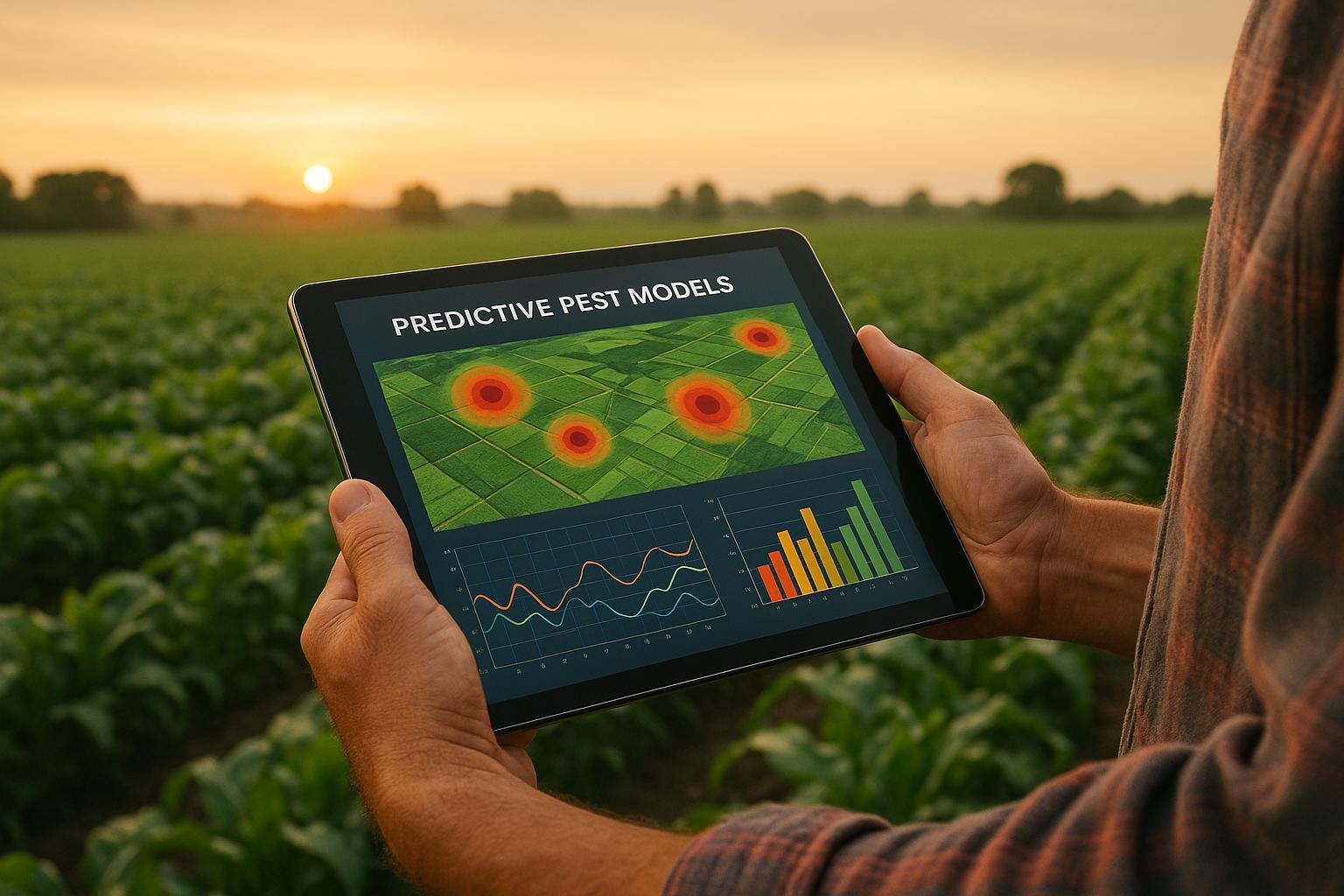
Predictive Pest Models: How They Work
Explore how predictive pest models harness data and AI to forecast infestations, reduce pesticide use, and enhance crop yields sustainably.
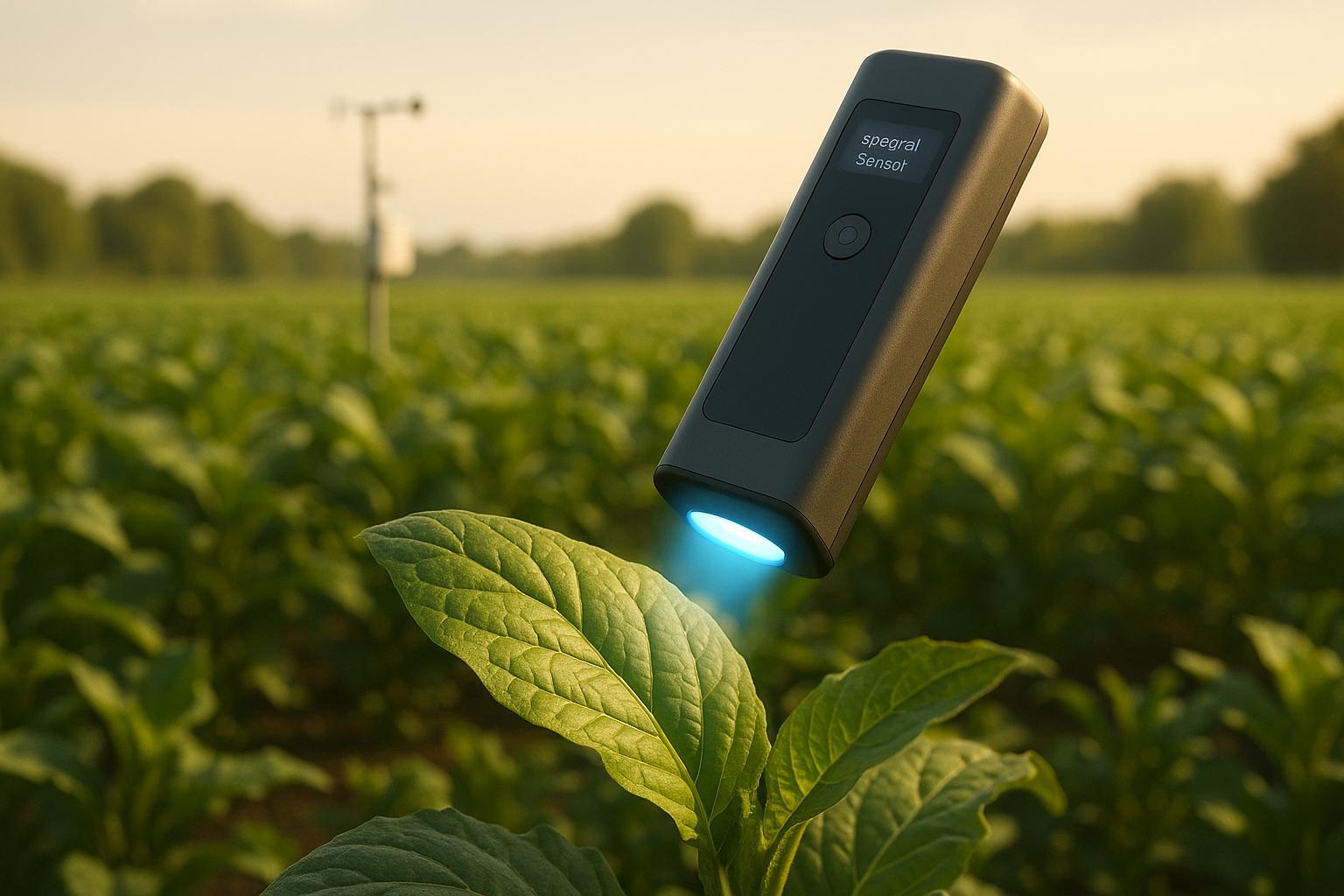
Data Fusion for Plant Disease Detection
Explore how data fusion combines spectral and environmental data to enhance plant disease detection, improving accuracy and early diagnosis.
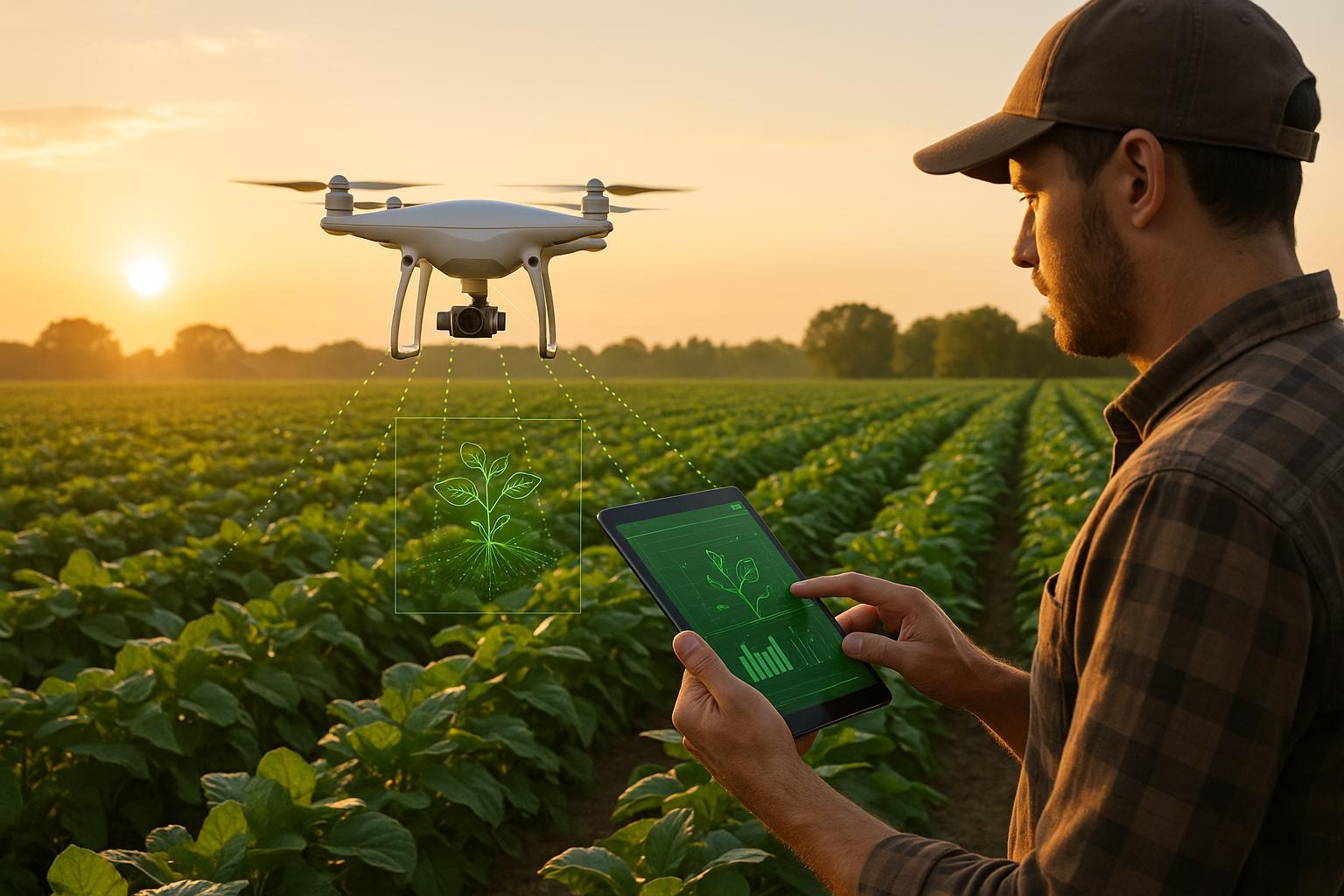
AI in Integrated Pest Management Systems
AI is revolutionizing pest management by enhancing detection, resource efficiency, and sustainability in agriculture, while addressing challenges of traditional methods.
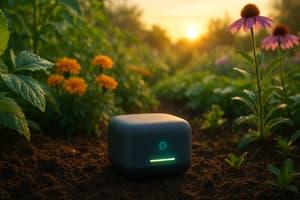
AI Pest Control: What Gardeners Need to Know
Explore how AI pest control revolutionizes gardening with early detection, targeted treatments, and eco-friendly practices for healthier plants.

Zen Garden Mastery: Designing Tranquility at Home
Discover the art of Zen garden design with our comprehensive guide. Learn about key elements, maintenance tips, and how to incorporate Zen philosophy into your tranquil garden space.

Are European Garden Spiders Poisonous? A Comprehensive Guide
Learn about the appearance, behavior, and venom of European garden spiders. Find out if they are poisonous to humans and what to do if bitten. Discover how to prevent garden spider bites and why they are beneficial to have around.